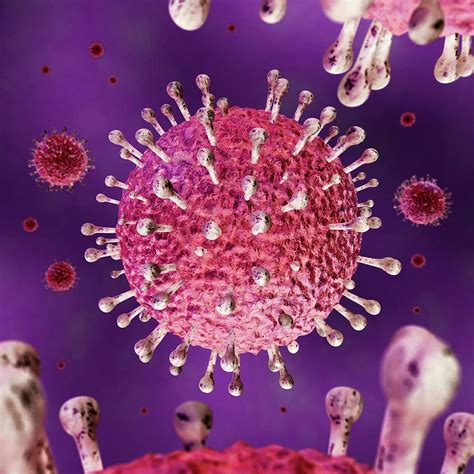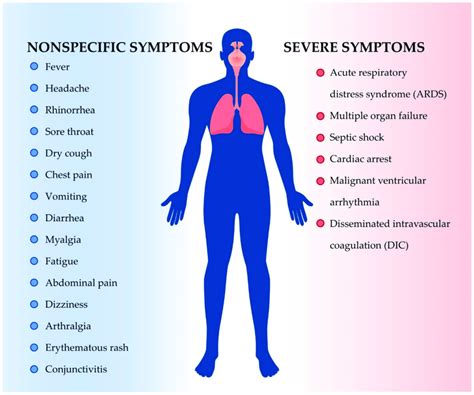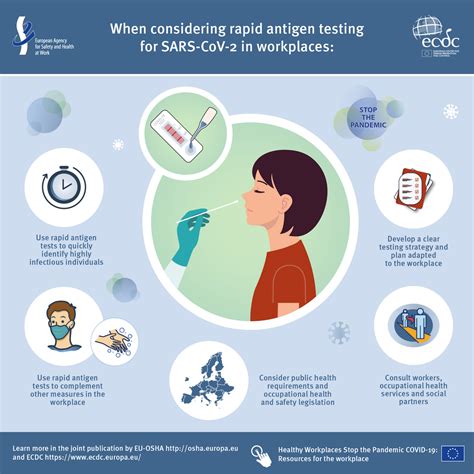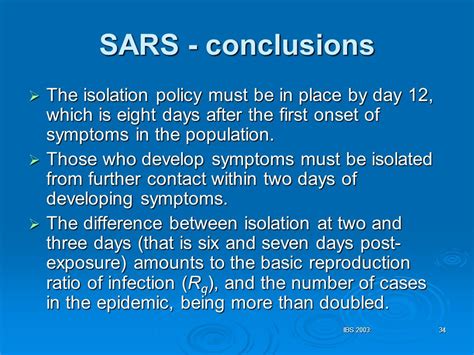Intro
Discover 5 crucial SARS virus facts, including transmission, symptoms, and prevention, to understand this coronavirus outbreak, COVID-19 similarities, and global health implications.
The SARS virus, also known as SARS-CoV, is a type of coronavirus that caused a global outbreak in 2002-2003. The virus is named after the severe acute respiratory syndrome it causes, which can lead to pneumonia, acute respiratory distress, and even death. Understanding the SARS virus is crucial in preventing and controlling future outbreaks. In this article, we will delve into the world of SARS, exploring its history, symptoms, transmission, and prevention methods.
The SARS outbreak in 2002-2003 was a wake-up call for the global health community, highlighting the need for improved surveillance, detection, and response to emerging infectious diseases. The virus spread to 37 countries, infecting over 8,000 people and causing 774 deaths. The economic impact was significant, with estimated losses of over $30 billion. The SARS outbreak also led to significant advances in our understanding of coronaviruses and the development of new diagnostic tools, treatments, and vaccines.
The SARS virus is a complex and fascinating topic, and there is still much to be learned about its origins, transmission, and prevention. As we explore the world of SARS, we will examine the latest research and findings, as well as the lessons learned from the 2002-2003 outbreak. Whether you are a healthcare professional, a researcher, or simply interested in learning more about this important topic, this article aims to provide a comprehensive and engaging overview of the SARS virus.
What is SARS Virus?

History of SARS Virus
The first reported cases of SARS occurred in Guangdong Province, China, in November 2002. The virus spread quickly, and by February 2003, cases had been reported in several countries, including Vietnam, Singapore, and Canada. The World Health Organization (WHO) was notified of the outbreak in March 2003, and a global alert was issued. The outbreak was eventually brought under control through a combination of public health measures, including isolation, quarantine, and contact tracing.Symptoms of SARS Virus

Transmission of SARS Virus
The SARS virus is primarily spread through close contact with an infected person, typically through: * Respiratory droplets, such as those produced by coughing or sneezing * Contact with contaminated surfaces or objects * Close contact with an infected person, such as touching or shaking hands The virus can also be spread through indirect contact, such as touching a surface or object that has been contaminated with the virus and then touching one's mouth, nose, or eyes.Prevention and Control of SARS Virus

Treatment and Management of SARS Virus
There is no specific treatment for SARS, but symptoms can be managed with supportive care, such as: * Rest and hydration * Oxygen therapy * Antiviral medications, such as oseltamivir or ribavirin * Antibiotics, if a secondary bacterial infection is present In severe cases, hospitalization may be necessary to provide intensive care and support.Lessons Learned from SARS Outbreak

Future Directions for SARS Research
Research on SARS and other coronaviruses is ongoing, with a focus on: * Developing new diagnostic tools and treatments * Improving our understanding of the origins and transmission of SARS and other coronaviruses * Developing effective vaccines and therapies * Enhancing global surveillance and detection of emerging infectious diseases * Improving preparedness and planning for potential outbreaksConclusion and Final Thoughts

What is the incubation period of SARS?
+The incubation period of SARS is typically 2-7 days, but can range from 1-14 days.
How is SARS transmitted?
+SARS is primarily spread through close contact with an infected person, typically through respiratory droplets, contact with contaminated surfaces or objects, or close contact with an infected person.
What are the symptoms of SARS?
+The symptoms of SARS include fever, chills, cough, shortness of breath, headache, muscle aches, and fatigue. In severe cases, SARS can cause pneumonia, acute respiratory distress, and even death.
How can SARS be prevented and controlled?
+SARS can be prevented and controlled through a combination of public health measures, including isolation and quarantine of infected individuals, contact tracing and monitoring, use of personal protective equipment, improved hygiene and infection control practices, and avoiding close contact with individuals who are sick.
What is the treatment for SARS?
+There is no specific treatment for SARS, but symptoms can be managed with supportive care, such as rest and hydration, oxygen therapy, antiviral medications, and antibiotics if a secondary bacterial infection is present.
